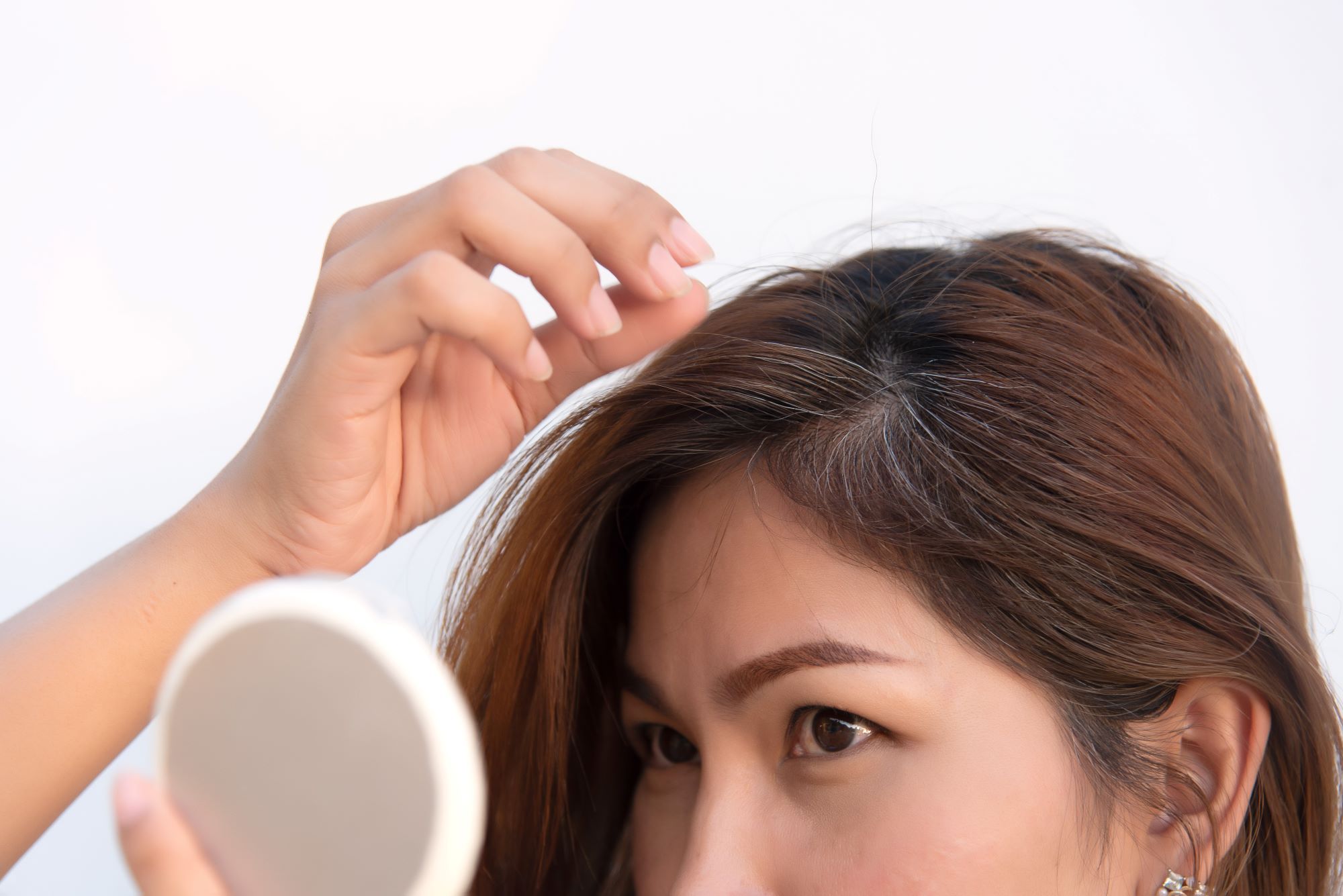This study is from a team of researchers from the University of Oklahoma, Norman and Michigan Medicine, U-M’s Academic Medical Center. published in the journal Psychology and Aging, which explored how a person’s perception of how old they look relates to their positive and negative age-related experiences (ageism) and their physical and mental health. This study also looked at what this kind of effort means for older adults’ experiences with ageism in modern society based on data from a national survey conducted for the University of Michigan’s National Poll On Healthy Aging.
The poll asked questions about appearances as well as about negative and positive experiences related to aging and ageism. For example, positive experiences could be about being asked for advice or sharing wisdom and feeling a strong sense of purpose, while negative experiences could be having others assume that they had trouble hearing, seeing, driving, remembering, understanding, or using technology.
The analysis revealed that, in all, 58% of adults aged 50 to 80 reported that they think they look younger than other people who are their age; and the percentage was slightly higher among women and those with higher income, higher education, and current employment. Only 6% said that they think they look older than their peers, and the remainder thought they looked about the same as other people their age. A slightly higher number of people between the ages of 50 to 64 said that they looked older than their peers compared to those between the ages of 65 to 80.
35% of the respondents have invested a significant amount of time or money towards trying to look younger. Women, those with higher incomes, and those of Hispanic origin were more likely to report that they have invested a significant amount of time or money towards trying to look younger.
Those who felt they looked younger than their peers were more likely to score higher on the scale of positive age-related experiences, and lower on the scale of negative ageism experiences. Those who reported investing a significant amount of time or money towards trying to look younger were also more likely to score higher on the positive age-related experience scale, and this was especially true among those who were married or had a partner.
However, those who reported investing a significant amount of time or money towards trying to look younger were also more likely to score higher on the negative experiences related to the ageism scale. This relationship was found to be especially strong among non-Hispanic Black and White respondents but not among Hispanic respondents. Those reporting that they think look older than their peers were much more likely to score higher on the negative ageism experiences scale and lower on the positive age-related experiences scale.
Those who had more positive experiences related to aging and fewer negative ageism experiences were overall more likely to say that they were in good or very good health, both mentally and physically. The higher the person’s score was on the positive scale the more likely they were to say that they were in good mental and/or physical health, while the higher the score was on the negative ageism scale the more likely they were to say that they were in fair or poor physical and/or mental health.
“Taken together, these findings suggest a complex and nuanced relationship between how older adults feel about their age-related appearance and the experiences they have, both positive and negative, related to their age,” said first author Julie Ober Allen, Ph.D., M.P.H., of the Department of Health and Exercise Science, University of Oklahoma, Norman. “Feelings and experiences of ageism, which are rooted in our society’s emphasis on youthfulness and bias against aging, appear to indirectly have a relationship with health, both mental and physical.”
The researchers suggest that everyone including clinicians and public health authorities should be cautious about reinforcing beliefs that the signs of aging are undesirable and focus more on helping people understand the ways that their health choices have implications both now and in the future for age-related aspects of living and their appearance. Placing the emphasis on healthful choices/lifestyle reducing their likelihood of experiencing both age-related discrimination and poor health outcomes later in life.
“We know that healthier eating, more physical activity, better sleep, stress reduction techniques, preventive oral hygiene, use of sunscreen, and reducing or eliminating use of tobacco, alcohol and other substances can all impact appearance later in life, as well as physical and mental health,” said poll director and co-author Jeffrey Kullgren, M.D., M.S., M.P.H., a primary care provider at the VA Ann Arbor Healthcare System and U-M internal medicine associate professor.. “And many of these interventions are less costly, or at least more evidence-based, than the many commercial products and services that claim to reduce signs of aging.”
As with anything you read on the internet, this article should not be construed as medical advice; please talk to your doctor or primary care provider before changing your wellness routine. This article is not intended to provide a medical diagnosis, recommendation, treatment, or endorsement. These statements have not been evaluated by the Food and Drug Administration.
Content may be edited for style and length.
References/Sources/Materials provided by:




